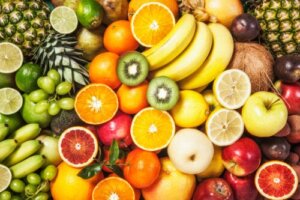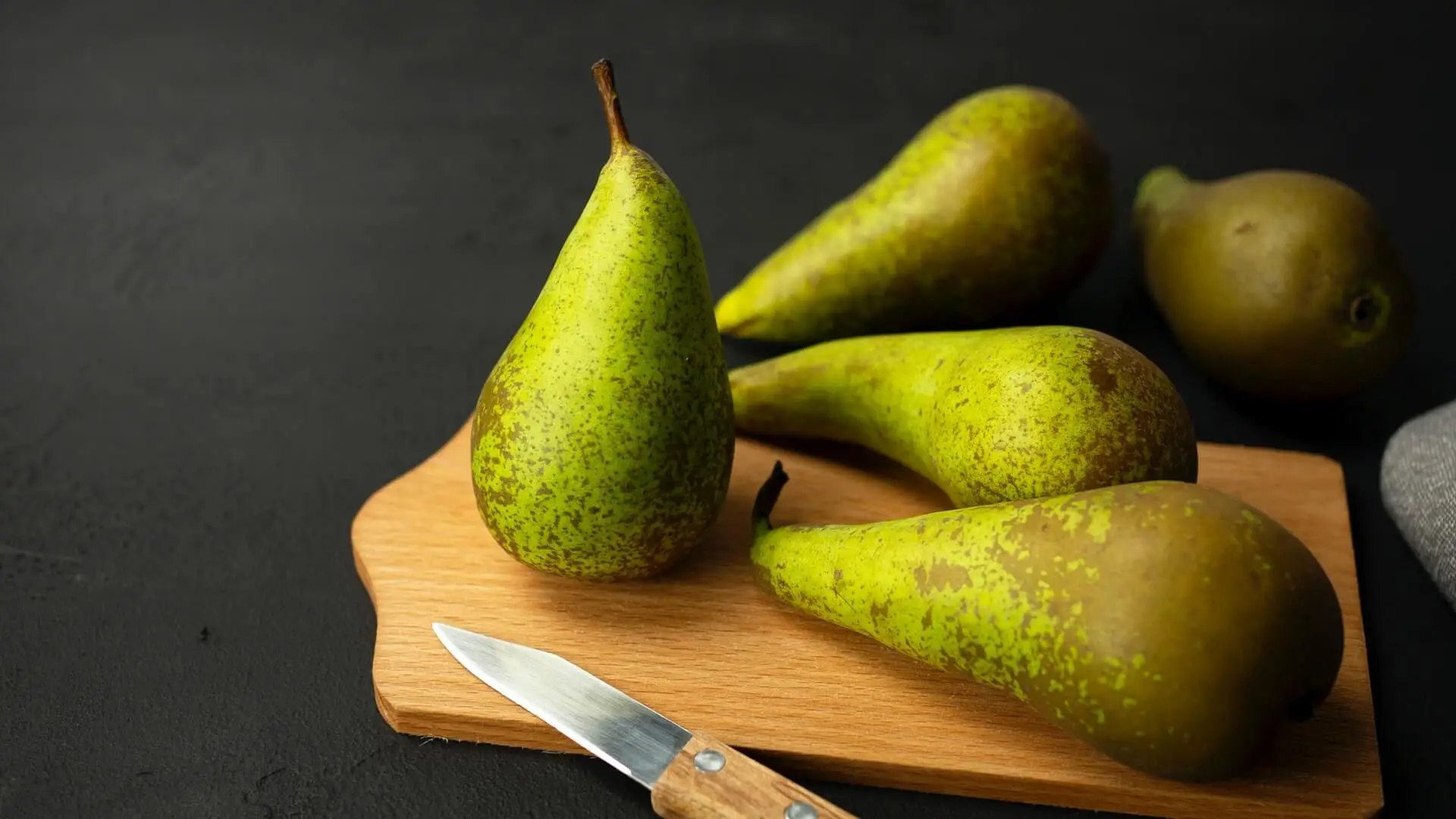Different Stages of Fruit: Characteristics and Benefits


Written and verified by the nutritionist Saúl Sánchez Arias
Depending on the stages of fruit when it’s consumed, different benefits can be obtained. In general, we’re talking about a highly recommended food that should be a part of any healthy diet, although always in appropriate quantities.
We mustn’t forget that contexts can greatly influence when establishing guidelines at a nutritional level. For example, in people with a metabolic disease, it may be necessary to prioritize vegetables over fruits.
Vegetables are considered very beneficial for the organism due to the presence of vitamins and phytochemicals inside them. These elements neutralize the formation of free radicals and their subsequent accumulation in the tissues. Thanks to this effect, the risk of developing chronic diseases can be reduced.
The benefits of green or underripe fruit
Green or underripe fruit is characterized by a low state of ripeness. It’s often not very appetizing from an organoleptic point of view, since it usually doesn’t have a very sweet taste.
In fact, some varieties may even contain certain toxic elements inside until they complete the ripening process. For this reason, it’s necessary to be careful when including unripe fruit in your diet.
However, consuming some types of green fruit can be positive for your health. An example would be the case of bananas.
In this case, there is a higher concentration of fiber, which reduces the subsequent insulin peak and improves the functioning of the digestive tract. Fiber manages to increase the volume of the fecal bolus, causing greater activation of mechanoreceptors and reducing constipation. A study published in the journal BMJ Clinical Evidence confirms this.
It could even be beneficial for people with a metabolic disorder to consume fruit that’s a little green. This way, less fructose will be absorbed, thus impacting blood sugar levels less. A more efficient blood sugar control will also be achieved.

The properties of ripe fruit
Ripe fruit is the most consumed type of fruit in the world. It has excellent organoleptic characteristics and a sweet taste.
It also has several types of nutrients, such as vitamins and minerals. Special mention should be made of phytochemicals. These elements control the oxidation potential and have been shown to reduce the incidence of several types of serious health problems.
In any case, it’s important to emphasize the need to consume the fruit as such, avoiding using only the juice. Crushing it in the form of a smoothie also isn’t the best option. In this case, the fibers are mechanically destroyed, which alters the speed of absorption of sugars.
We think you may also enjoy reading this article: The Vertical Diet: What Is It and What Are Its Disadvantages?
Very ripe fruit
Some people often consume fruit at an advanced stage of ripeness. In this case, the product has a higher amount of fructose inside.
Be careful with this, as this sugar could have a negative influence on the risk of developing non-alcoholic fatty liver disease. In fact, a study published in the journal Nutrients shows this. The incidence will be higher when the element is ingested in liquid form or in very high quantities.
However, very ripe fruit can be excellent for athletes. In this case, a high carbohydrate intake is required with a minimum amount of fiber to prevent gastric discomfort.
The intake of this type of food could help prevent the onset of fatigue, thus increasing performance in endurance events. There’s also the option of crushing it and mashing it into a puree to facilitate digestion further.
However, in sedentary people, eating very ripe fruit is not the most advisable thing to do. This is especially the case when we talk about varieties that already have enough carbohydrates inside, such as bananas. Instead, it’s best to opt for a piece of fruit that is just ripe to enjoy its flavor but ensure a higher amount of fiber.

Like this article? You may also like to read: A Vegetarian Diet for Patients with Diabetes: Tips for Planning One
The state of the fruit determines its effects on the body
The different stages of fruit ripening can alter its nutrient concentration and subsequent effects on the body. The most important thing in this respect is to match the type of fruit you eat to your individual needs and the time of intake. As a general rule, it’s best to choose seasonal local fruit at the right point of ripeness.
Finally, it should be noted that it’s not enough just to eat well to take care of your health. It’s essential to promote a series of good habits as a whole.
All cited sources were thoroughly reviewed by our team to ensure their quality, reliability, currency, and validity. The bibliography of this article was considered reliable and of academic or scientific accuracy.
- Tabbers, M. M., & Benninga, M. A. (2015). Constipation in children: fibre and probiotics. BMJ clinical evidence, 2015, 0303.
- Neha, K., Haider, M. R., Pathak, A., & Yar, M. S. (2019). Medicinal prospects of antioxidants: A review. European journal of medicinal chemistry, 178, 687–704. https://doi.org/10.1016/j.ejmech.2019.06.010
- Ter Horst, K. W., & Serlie, M. J. (2017). Fructose Consumption, Lipogenesis, and Non-Alcoholic Fatty Liver Disease. Nutrients, 9(9), 981. https://doi.org/10.3390/nu9090981
This text is provided for informational purposes only and does not replace consultation with a professional. If in doubt, consult your specialist.








